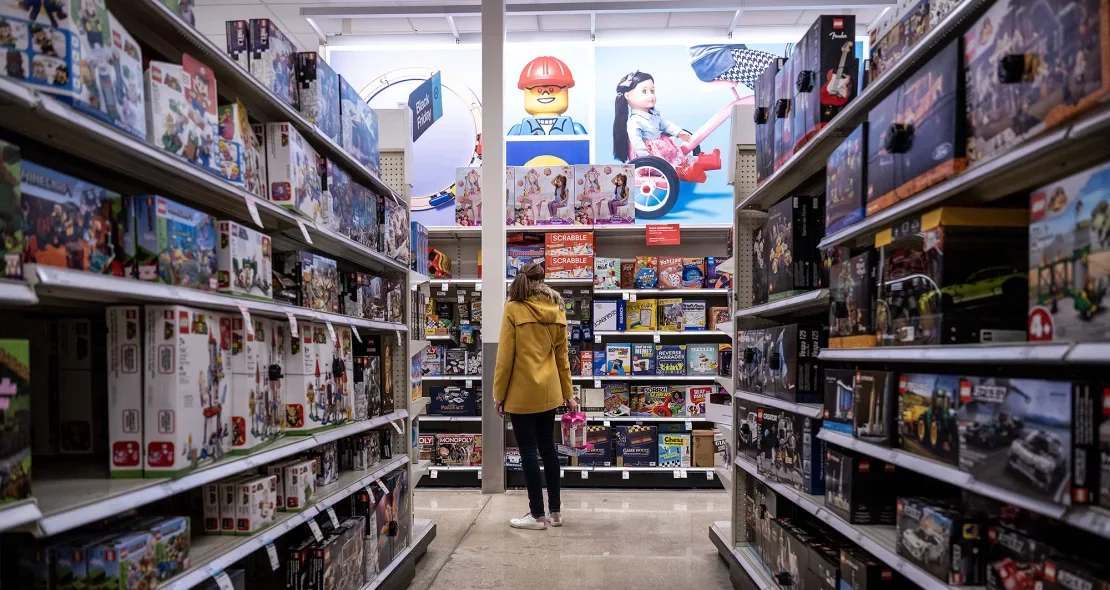Toy and game companies are winning back their former customers

Children ages 18 and up – also called “kidults” – accounted for 17% of total toy sales in the United States for the 12 months ending in June 2023, according to data consumer research group Circana. Compared to 2021, that’s an increase of four percentage points, and an increase of eight percentage points over 2019.
Circana data indicate that adult toy sales increased by $1.7 billion between June 2021 and June 2023.
Although adults are increasingly buying toys for themselves, longing for the glory days of childhood is not a new phenomenon. Recently, adults have been willing to spend so much money on toys to relive their childhood.
As adults, we are increasingly splurging on items that evoke a sense of nostalgia from the late 20th century or turn of the century, including flip phones, film cameras, and Tamagotchis. Toys and products geared to children, such as my Zoo Pals, have benefited from that demand.
After the pandemic began, adults began purchasing more toys for themselves. The use of Covid increased anxiety levels and caused people to think about death more, according to Krystine Batcho, a licensed psychologist at Le Moyne College.
“Greater nostalgia is associated with both factors,” said Batcho, whose research focuses on nostalgia psychology. He created the Nostalgia Inventory, a survey that’s widely used to assess what makes people nostalgic.
She has found that millenials and members of Gen Z are at a life stage that makes them more likely to feel nostalgic based on her research and other studies she has conducted. In transitioning from childhood and adolescence to adulthood, there is a bittersweet conflict between the desire to become independent and to retain the carefree innocence and security of childhood.
Consumers formed tribes around certain toy categories and brands and found like-minded consumers.
